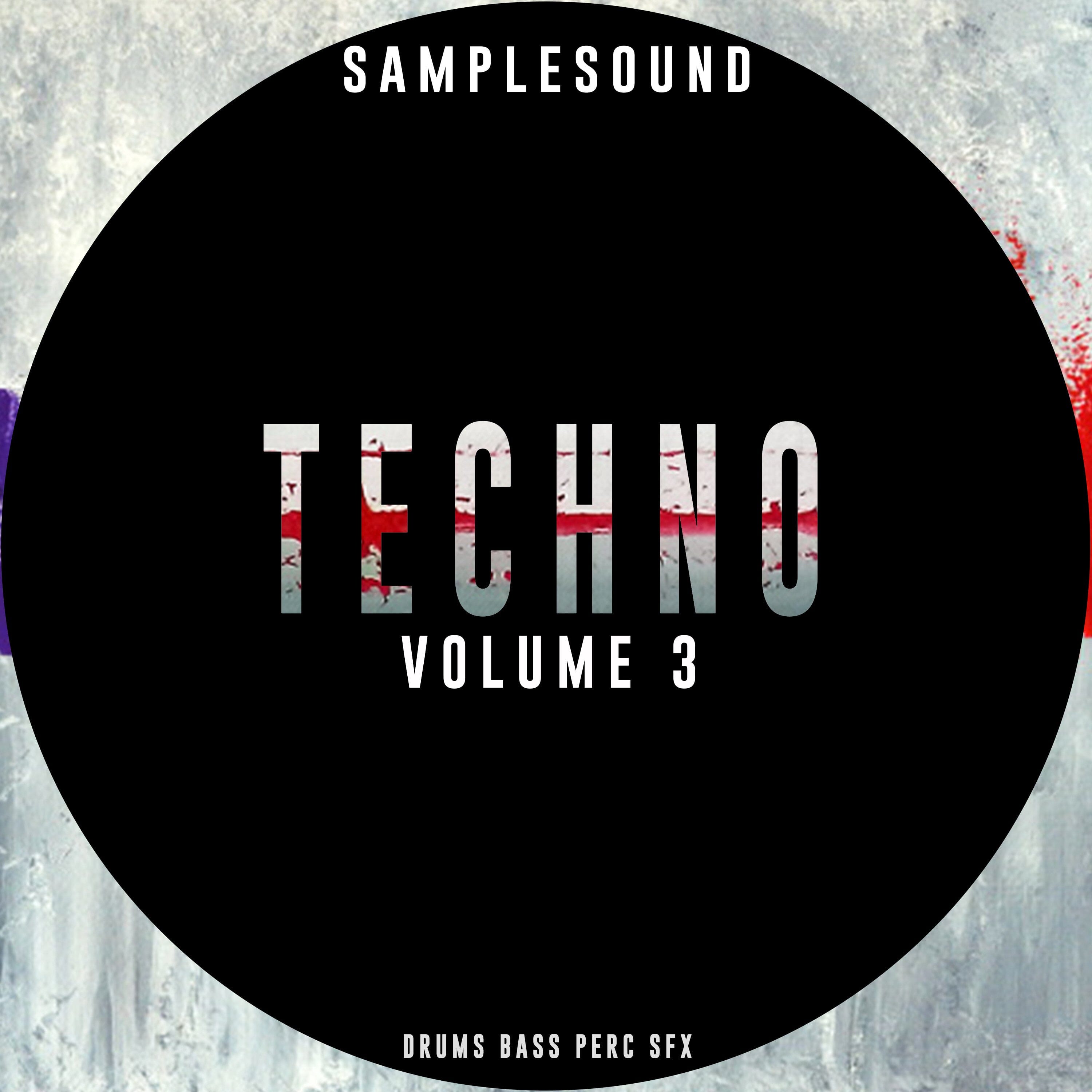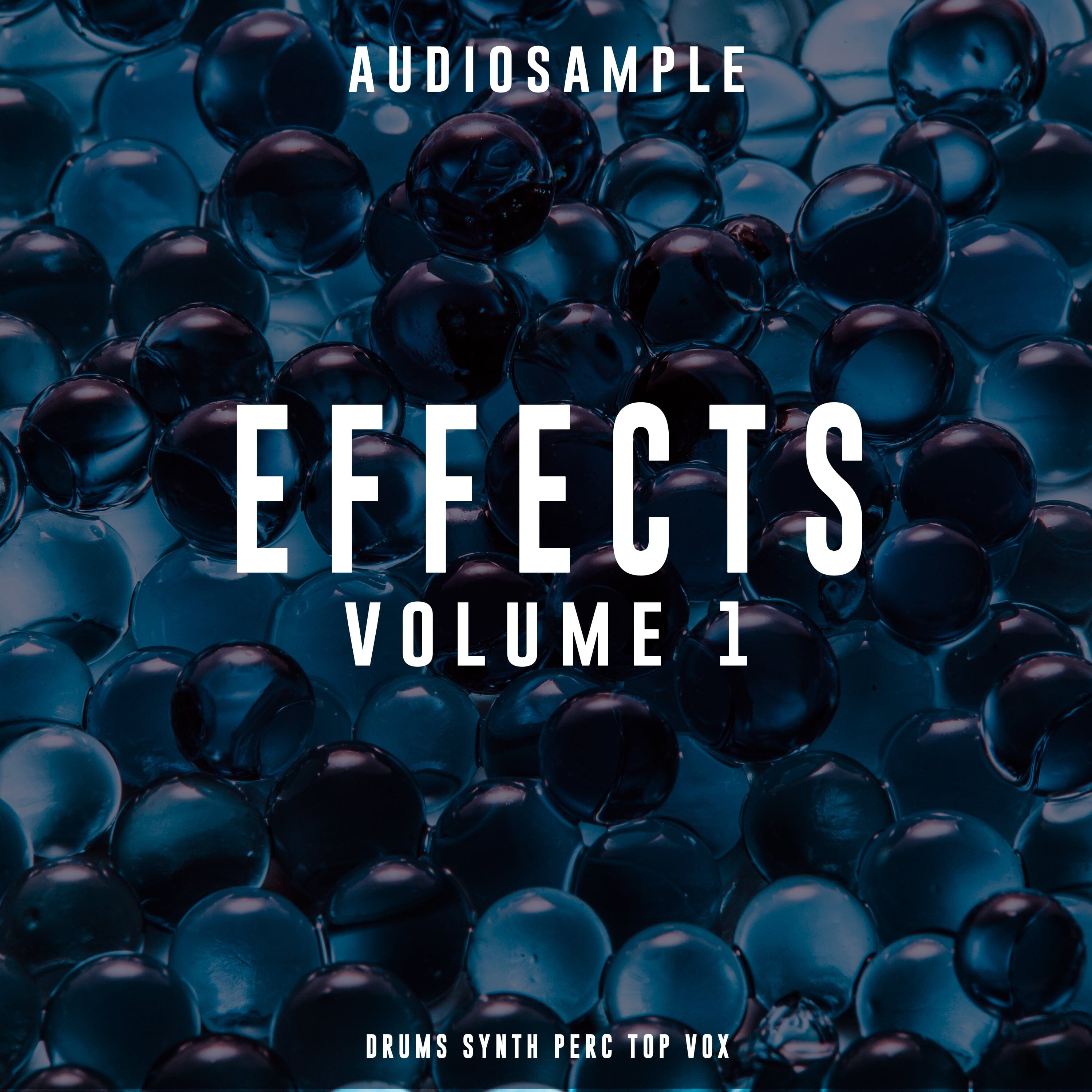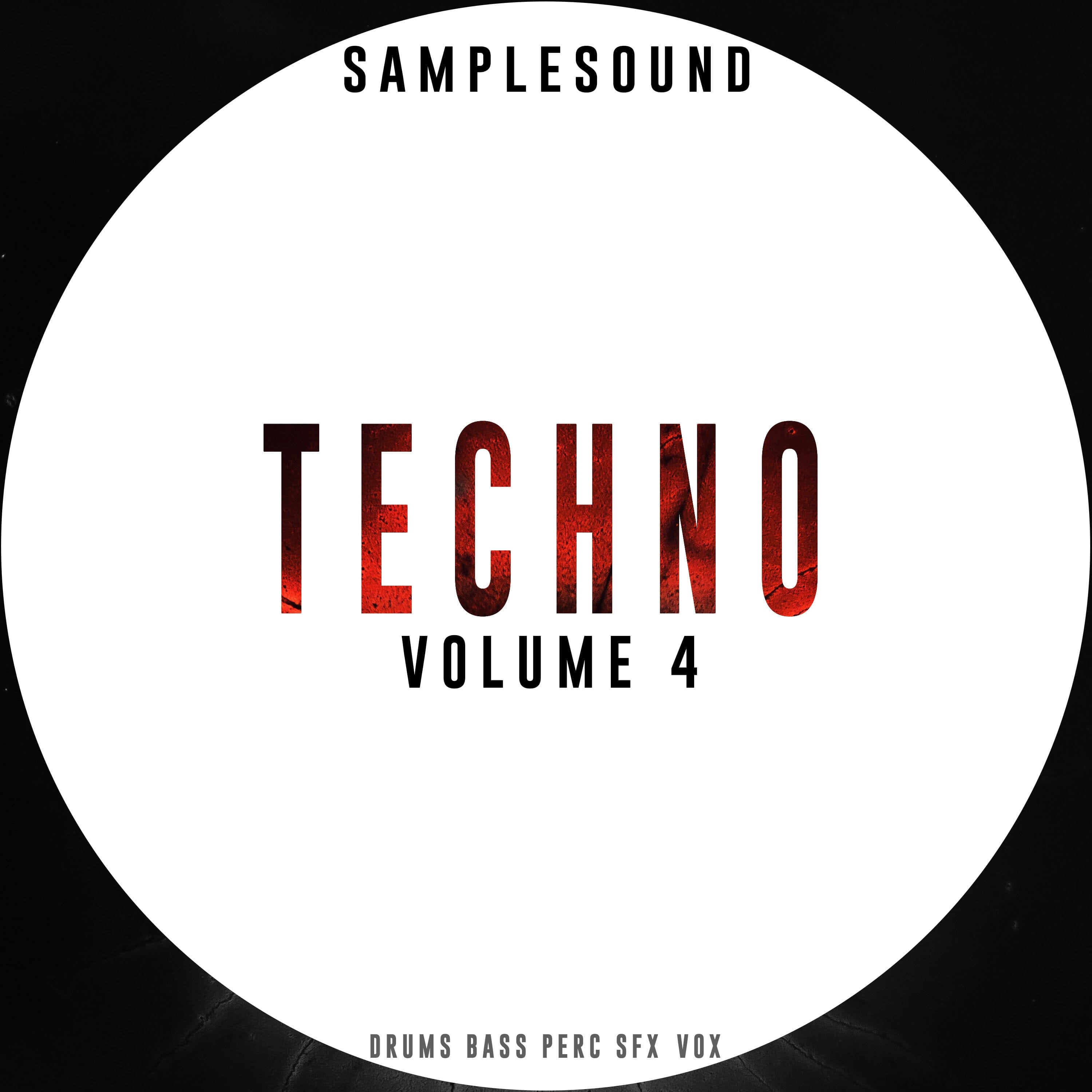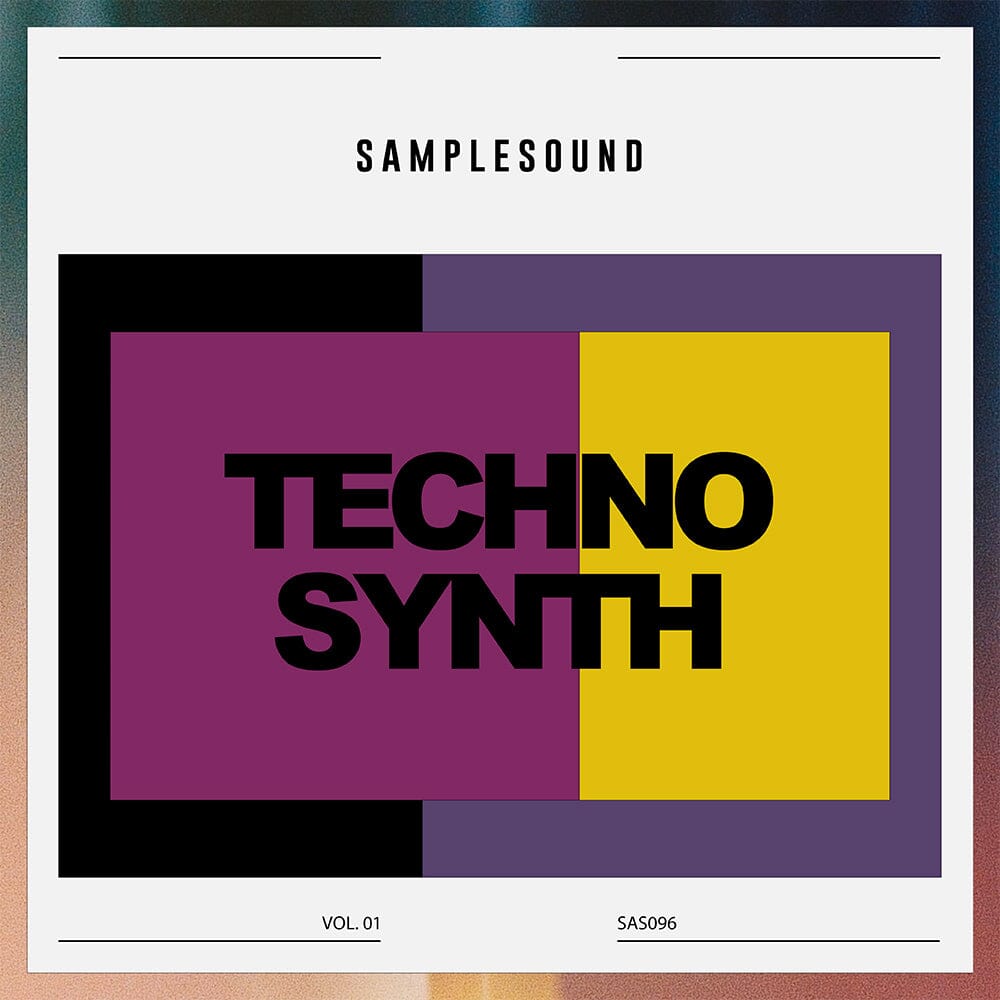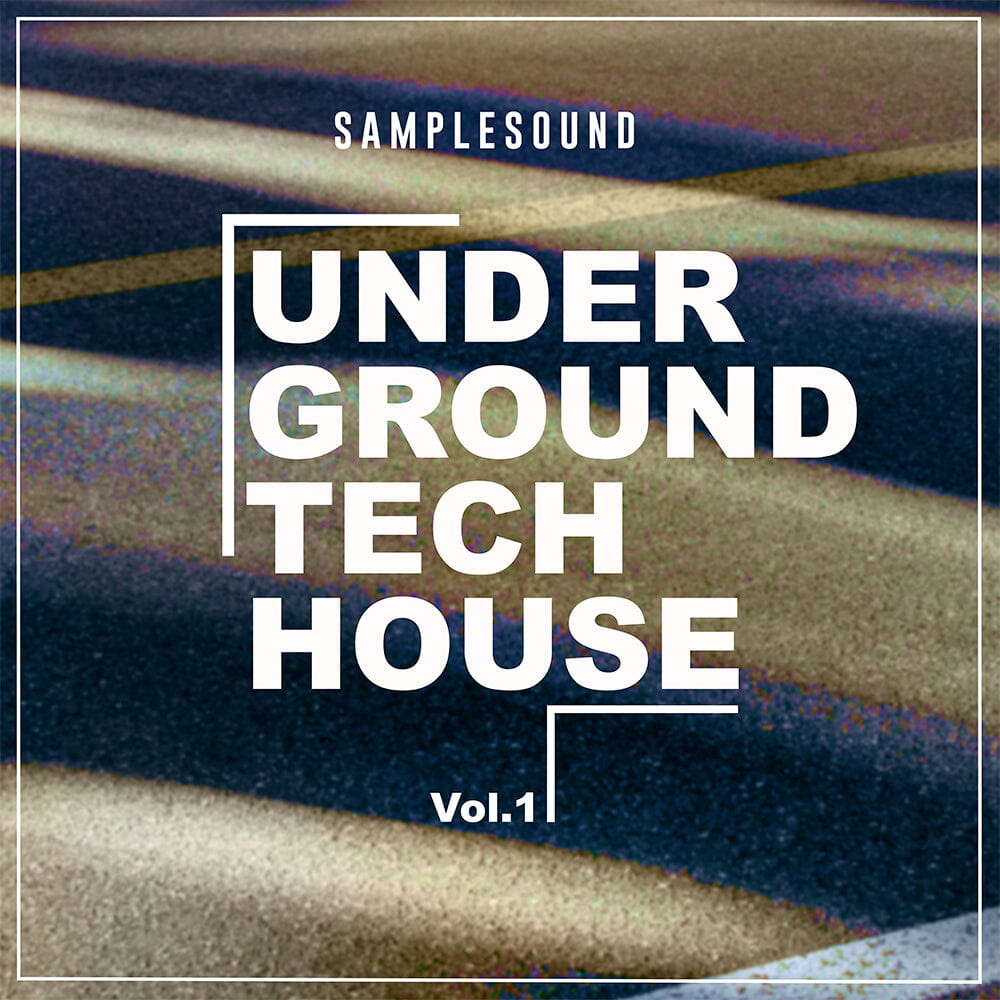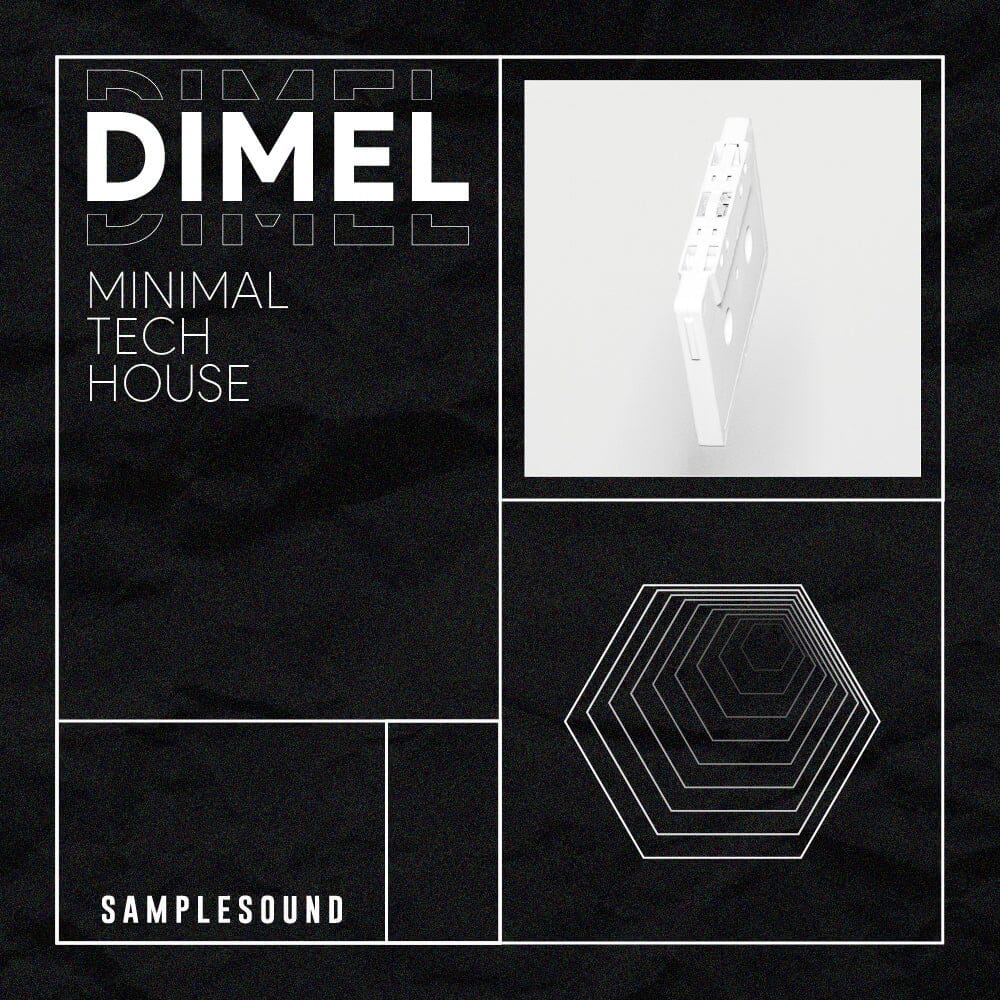Tech house is a vibrant electronic music genre that seamlessly blends the deep, minimal grooves of house music with the futuristic textures and energy of techno. Originating in the 1990s from the UK club scene, tech house has surged in popularity due to its dancefloor appeal and versatile production style. It embodies a fusion of rhythmic innovation and melodic simplicity, making it a staple within electronic music culture worldwide.
Core Structure of a Tech House Track
A typical tech house track follows a dynamic arrangement designed to maintain energy and interest on the dancefloor. The structure generally consists of the following sections:
- Intro: Establishes rhythm and atmosphere, often using percussion and effects to set the mood.
- Buildup: Gradually introduces melodic elements and tension, preparing the listener for the main drop.
- Drop: The energetic core where basslines and hooks fully come to life.
- Breakdown: A reduction of intensity that creates space and anticipation by removing key elements.
- Outro: A smooth wind-down that eases the track out, allowing for seamless DJ transitions.
Understanding the Groove in Tech House
The distinctive groove of tech house is achieved through carefully crafted rhythmic elements. Percussion patterns are tight and repetitive but infused with nuanced swing and syncopation, giving the tracks a hypnotic feel. Hi-hats and claps typically emphasize off-beats, while basslines often lock in with the drum patterns to create a rolling momentum that is both danceable and engaging.
Key Elements and Sound Design in Tech House
Sound design is crucial in tech house to maintain its underground vibe and club readiness. Essential sounds include:
- Basslines: Often deep, groovy, and sometimes modulated for dynamic movement.
- Synth Stabs: Short, percussive synth hits that add texture and accentuate the rhythm.
- Hi-Hats: Crisp and often subtly layered to build rhythmic complexity.
- Effects: Use of reverb, delay, and filters to create space and dynamic interest.
Afro House Tutorial: Incorporating Rhythms and Percussion
Integrating afro house elements into tech house production adds warmth and organic groove through complex percussion and rhythmic layering. Afro house tutorial approaches often highlight the use of traditional African drum patterns with electronic beats, combining congas, shakers, and talking drums to enrich the sound palette. This fusion not only broadens the sonic landscape but also introduces polyrhythmic textures that enhance the overall groove.
For producers looking to experiment with these sounds, checking out specialized sample packs can be invaluable. Explore afro house samples at Sample Sound Music Afro House Sample Pack for authentic percussion loops and hits.
Techno Production Techniques Relevant to Tech House
Tech house borrows heavily from techno production methods. This includes advanced sound processing techniques such as sidechain compression to create pumping effects, use of analog-style synths for rich textures, and creative automation to introduce movement and variation. Arrangement strategies from techno, such as gradual filter sweeps and tension-release cycles, play a vital role in building energy within tech house tracks.
Exploring techno sample packs and synth plugins can elevate your tech house productions. You might find useful resources in the Techno collection and Software Plugins available from Sample Sound Music.
Choosing the Right Tools and Plugins for Tech House
Producing tech house requires selecting tools that support the genre's rhythmic precision and sonic depth. Recommended plugins include drum samplers with flexible layering capabilities, bass synths that allow for detailed modulation, and effects processors such as delays and reverbs with tempo-sync options. Hardware synthesizers and controllers that facilitate hands-on manipulation can also add an organic feel to productions.
Sample Sound Music Tech House collection offers a variety of presets, samples, and tools tailored for tech house artists, perfect for both beginners and seasoned producers looking to refine their sound.
Mixing and Mastering Tips for Tech House
Achieving clarity and punch in tech house mixes is essential to compete in club environments. Key tips include:
- Balance Frequencies: Carefully carve space in the low and mid frequencies to prevent muddiness between the bass and kicks.
- Use Sidechain Compression: Apply this to basslines and pads to maintain dynamic interaction with the kick drum.
- Emphasize Percussion: Percussive elements should be crisp and well-defined for driving rhythm.
- Stereo Imaging: Widen hi-hats and synth stabs carefully to create depth without over-cluttering the mix.
- Master for Club Systems: Aim for loudness and clarity without sacrificing dynamics, ensuring your track sounds good on big sound systems.
Common Mistakes to Avoid in Tech House Production
Beginners often face recurring challenges when producing tech house. These include:
- Overcomplicating Arrangements: Tech house thrives on minimalism; avoid cluttering your tracks with too many elements.
- Ignoring Groove: Rigid quantization can kill the natural swing; embrace subtle timing shifts.
- Neglecting Sound Design: Using generic sounds leads to uninspired tracks; invest time in crafting unique elements.
- Poor Mix Balance: Excessive bass or harsh highs can cause issues on club sound systems.
- Skipping Reference Tracks: Always compare your mixes with professional releases to maintain quality standards.
Conclusion and Next Steps for Aspiring Producers
Tech house is a genre rich with rhythmic complexity and creative potential, fusing influences from house, techno, and afro house. Understanding its structure, groove, and sound design principles is key to crafting compelling tracks. As you develop your skills, exploring specialized sample packs, plugins, and production tutorials will accelerate your growth.
Engage with communities, experiment with techniques, and above all, keep refining your unique sound within the tech house landscape. For further inspiration and tools, visit the Sample Sound Music Academy and browse their curated tech house collection.
FAQ
What is the difference between tech house and techno?
Tech house combines the deep grooves and minimalism of house music with the synthetic textures and driving beats of techno. Techno tends to be darker and more repetitive, while tech house emphasizes rhythm and subtle melodic elements.
How can I incorporate afro house rhythms into my tech house tracks?
Integrate traditional African percussion instruments and complex rhythmic patterns into your productions. Experiment with layering congas, shakers, and other percussion over your existing groove to add organic texture and depth.
Which plugins are best for producing tech house basslines?
Plugins that offer analog-style synthesis and flexible modulation are ideal. Popular choices include synths like Serum, Diva, or any plugin from the Sample Sound Music Software Plugins collection.
What is the typical BPM range for tech house tracks?
Tech house usually ranges between 120 and 130 BPM, providing a steady tempo that is energetic yet danceable.
Where can I find quality tech house samples?
Quality samples can be found at dedicated platforms like the Sample Sound Music Tech House collection, which offers a variety of loops, hits, and one-shots tailored for this genre.



